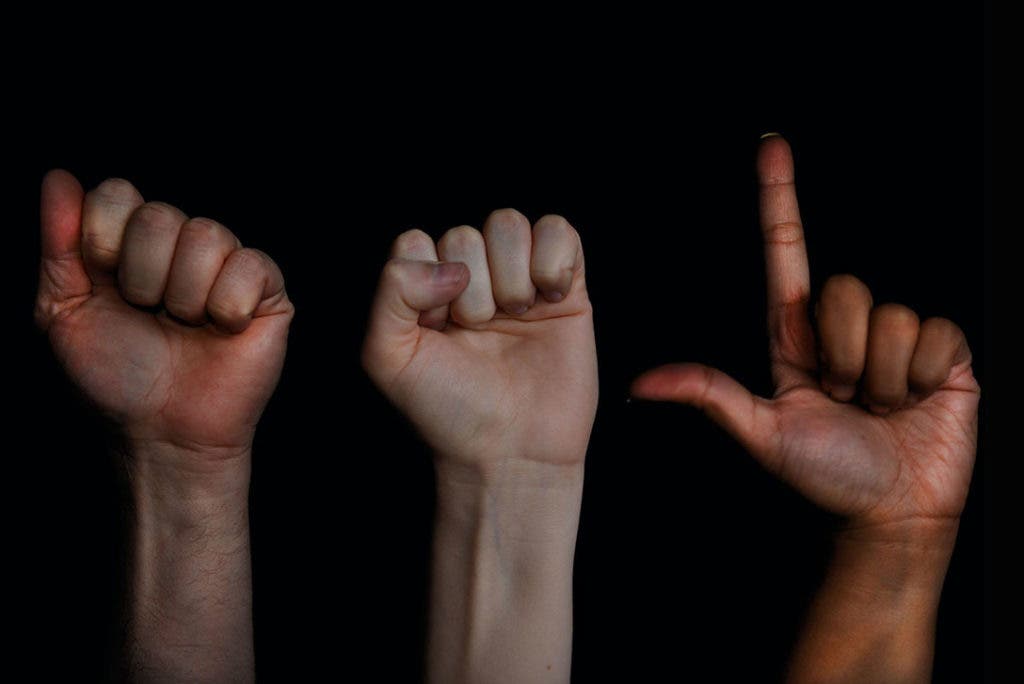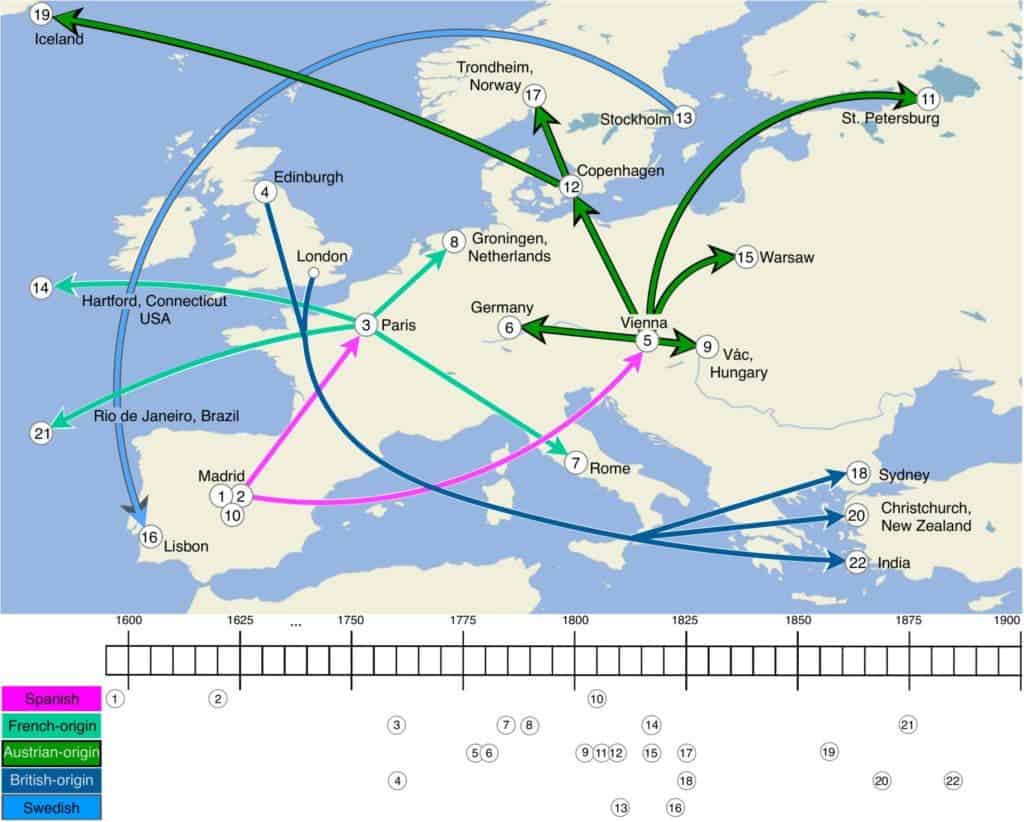Sign language is “spoken” by millions of people, and yet we know surprisingly little about it.
Sign language is not universal. There are hundreds of different sign languages, some more popular than others, and all with their own characteristics.
All of them, however, are as rich and complex as any spoken language. Professional linguists have studied sign languages for years, finding that they exhibit the fundamental properties of all spoken languages.
Now, a new study sheds light on the evolution and spread of sign languages in Europe, finding that Spanish sign language is possibly the oldest in existence.

“While the evolution of spoken languages has been studied for more than 200 years, research on sign language evolution is still in its infancy,” says Justin Power, first author of the study. “Much of what we know about the histories of contemporary sign languages has come from historical accounts of contact between deaf educational institutions and educators. We wanted to know if a comparison of sign languages using contemporary and historical sources could shed light on how European sign languages have developed and spread around the world.
Sign languages also aren’t static. Much like spoken and written language, numerous variants have emerged over the centuries, constantly adapting, changing, and in some cases — disappearing.
Researchers started by building a database of 40 contemporary and 36 historical sign languages. They compared these alphabets, looking at the degrees of relation between different languages.
This allowed researchers to analyze the evolution and connections between these languages. They used methods from both linguistics and evolutionary biology — which turned out to be surprisingly useful.
“Despite dealing with fundamentally different data, the analogies between the evolution of sign languages and biological evolution are striking, especially when we look at the gain and loss of lineage-specific traits”, notes Guido Grimm, the team’s phylogeneticist.
The researchers were able to group sign languages into five groups, similar to how spoken languages can be split into groups. The five groups of sign language are Spanish, French, Austrian, British, and Swedish. These languages have spread and split into subsequent languages all around the world, from Iceland to India, Brazil and New Zealand, starting from the 1600s. The Spanish one seems to be the oldest one.

“The network methods allow us to analyze in detail the complex evolution of complete lineages, manual alphabets, and individual handshapes,” adds Power. “Integrating these methods with our research into historical manual alphabets gives us a powerful framework for understanding the evolution of sign languages.”
The study also showed that sign languages dispersed and influenced each other. Some lineages were almost completely unknown until now — such as the Austrian Sign Language which has apparently spread through Russia.
“We are very excited about our findings,” says Power. “Our interdisciplinary approach combines traditional scholarship with computational phylogenetic methods, and gives us new keys for understanding the evolutionary histories of the world’s sign languages.”
It’s unclear how many sign languages there are in the world, and there is still very little research in this regard; one often-quoted estimate puts the number at 137. Most countries tend to have their own sign language, although there have been some efforts for uniformization in recent years. Interestingly, however, sign languages don’t tend to have a linguistic relation to the spoken language of the land where they arise.
Sign languages are not new — they’ve been used for thousands of years, being mentioned as early as Ancient Greece, by Plato. Hopefully, with studies such as this one, we could better understand their development and evolution
The study was published in Royal Society Open Science.









